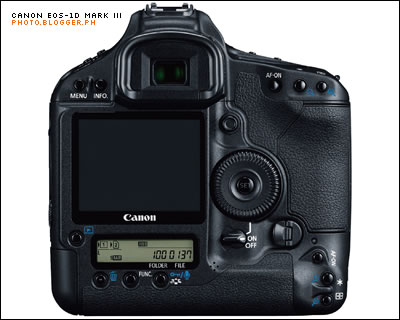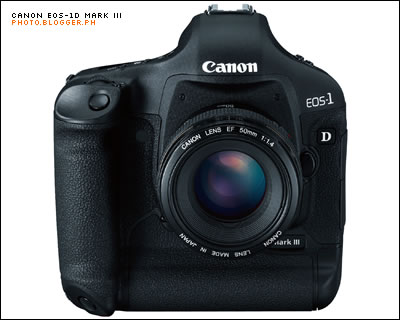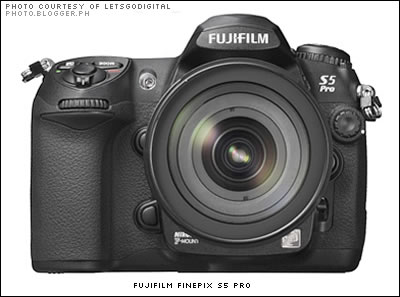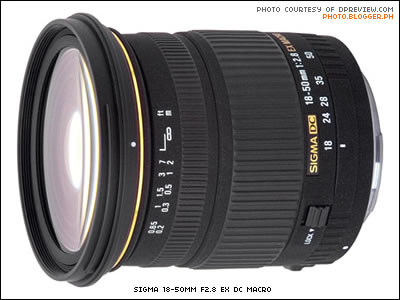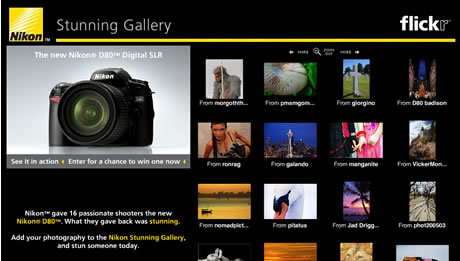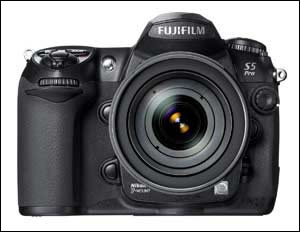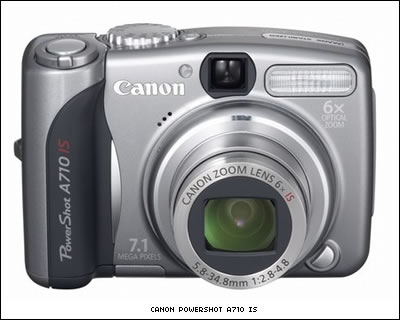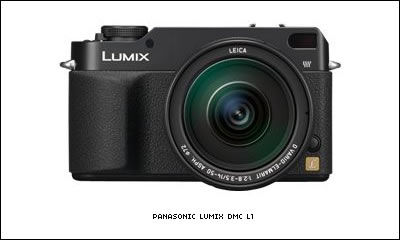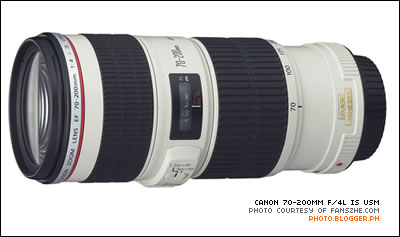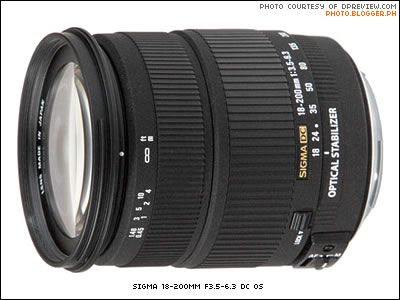
Not too long ago, Nikon wowed many SLR users with their introduction of the AF-S DX VR Zoom-Nikkor 18-200mm f/3.5-5.6G IF-ED, a lens that quickly became the envy of Canon users and other shooters trapped in other lens mounts.
More than a year after, Sigma capitalized on the Nikon 18-200 VR’s success among the all–in–one crowd by announcing the Sigma 18-200mm F3.5-6.3 DC OS, a lens certainly not unlike the Nikon bestseller. Several months after their announcement, the Sigma 18-200 OS has now made it to consumers and has received favorable feedback.
Well–known PBase user lightrules has quickly reviewed the Sigma 18-200 OS against the Canon 17-85 IS USM, a competitor it’s trying to beat in the walkaround range category. Considering the impressive range of the Sigma, the Canon is marginably better in some respects, notably corner sharpness. Center sharpness though is very good, capable of holding its own against the Canon. The Sigma 18-200 OS’s optical stabilization is reportedly a little better than the Canon 17-85 IS USM, and lightrules has some sample photos to illustrate. Both ephotozine’s and photozone’s reviews suggest that the Sigma 18-200 OS can be very useful as a walkaround lens.
Such is the Sigma 18-200 OS’s usefulness that even several users from the fredmiranda.com forums find it worthy of their gear list, keeping it handy as a light travel photography solution. However, another lens has also made it on their list: the Tamron 18-250 Di-II LD Aspherical (IF) Macro.
Is this going to be the battle of the superzooms?

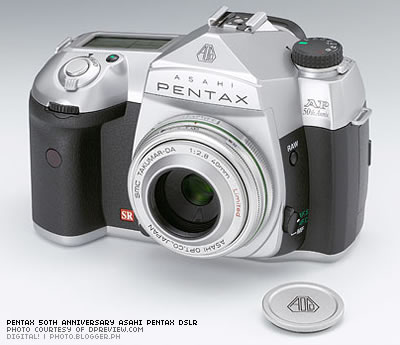
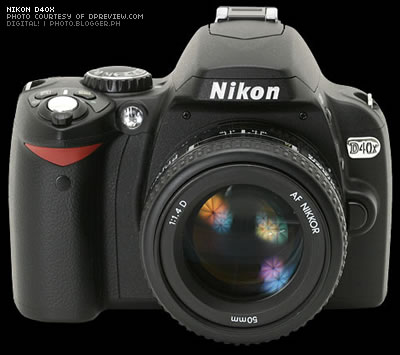
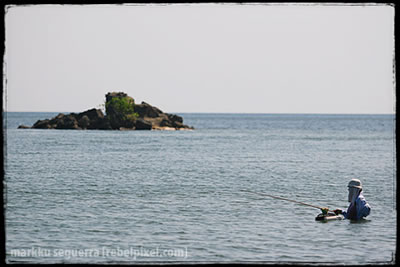
![Tamron SP AF70-200mm F/2.8 Di LD [IF] Macro Tamron SP AF70-200mm F/2.8 Di LD [IF] Macro](http://photo.blogger.ph/wp-content/uploads/2007/tamron-70-200.jpg)

